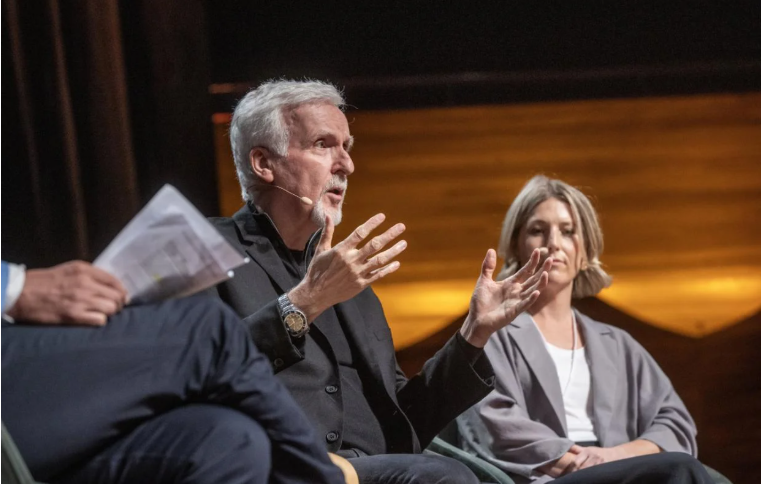Can you handle 100K+ wind gusts?
- Watch
- Local Topics
- Wellington HOTLINE
- LOST
- Wellington Sign Game
- Local Welly Weather
- Traffic Cams
- Whistleblowers
- See & Do
- Who We Are
- Engage
- Sponsorship
- Charity
By joining you get access to pre sales, all competitions and local insider news.
Author: Huzaifa
By One Network Wellington Live March 24, 2025 Wellington’s political corridors are humming today, and the name on everyone’s lips is Sam Uffindell. The National MP for Tauranga has thrust himself into the spotlight with his Equal Voting Rights Bill—a bid to scrap the distinct voting provisions tied to Māori wards in local councils. It’s a move rooted in National’s long-standing rhetoric of “one vote, one value,” but it’s landed like a Molotov cocktail in a city already wrestling with its identity. On March 21, 2025, Tui Shortland, a Māori governance expert, fired off a LinkedIn post calling it a…
Take a journey through the lively heart of Wellington with our curated selection of 55 breathtaking photos from the past week. Each image tells a story of community, festivity, and the unique spirit of this city. From bustling gatherings to one-of-a-kind events, these pictures encapsulate the vibrancy and creativity that permeated the air. Whether you’re catching up on what you missed or simply reliving the week’s highlights, this gallery provides an intimate glimpse into Wellington’s most memorable moments. Dive in and experience the city at its best, all captured in one spectacular place. Edit gallery
By One Network Wellington LiveMarch 23, 2025Wellington’s got a front-row seat to resilience today, and it’s our Hawke’s Bay cousins who are stealing the show. Two years ago, Cyclone Gabrielle tore through their region—200km north of us—leaving a scar that’s still raw: 11 lives lost, $14.5 billion in damages, and a wine industry battered to its knees. On March 22, 2025, as the capital hums with weekend life, Hawke’s Bay stands tall, piecing itself back together. A Great Wine Capitals post this week nods to their grit—new grape varieties tackling climate woes—but it’s the people, the rallied support, who’ve hauled…
By One Network Wellington Live March 22, 2025 Wellington’s CBD is charging into a green future. On March 20, 2025, Michael Chow, a top voice at Stonewood Group, announced a bold move: RCR Infrastructure (NZ) Green, led by Garry Ko, is spearheading a rooftop solar installation at one of Stonewood’s largest properties smack in the heart of the capital. This isn’t a token eco-gesture—it’s a hard-nosed plan to boost efficiency, slash running costs, and build lasting value. Partnered with Stonewood, RCR’s lighting the way, and Wellington’s ready to cash in. RCR Green knows solar—they’ve been fitting panels across Rotorua since…
By One Network Wellington Live Trigger warning: If you’re a Wellingtonian, this might hit a nerve. It’s a crisp March morning in 2025, and the capital’s streets are buzzing with more than just the wind. From wallets stretched to breaking to pipes bursting underfoot, Wellington’s got a list of hot buttons that’d make anyone twitch. Step into Te Whanganui-a-Tara, where every corner’s got a gripe—and a spark. It’s 7 a.m. on Cuba Street, and the baristas are pouring $6 flat whites to a grumbling crowd. The big trigger? Cost of living. Rent for a two-bedroom flat in the CBD’s up…
By One Network Wellington LiveIt’s a quiet morning in Wellington, the wind whistling through the streets as usual. The city’s known for its wild weather, but today there’s something else stirring—a change that’s been creeping up on us for years. Once upon a time, Wellington’s streets were lined with car parks, rows of them stretching across the central city and waterfront. If you drove into town, you’d find a spot, maybe grumble about the meter, but you’d park and get on with your day. Now, though? Those car parks are disappearing, and in their place, something new is popping up—parklets.…
Wellington’s Mt Victoria Tunnel hums with a racket most days—car horns blaring, bouncing off the concrete like a mad band warming up. It’s been that way as long as anyone can recall, a habit as Welly as wind or a flat white from Customs. Some say it’s drivers having a laugh, others swear it’s to spook a ghost—Phyllis Symons, murdered back when the tunnel was carved out. At One Network Wellington Live, we’re digging into the yarn—how Arnold Downer built the thing, how Phyllis met her awful end, and why Jake from Newtown can’t figure out whether to beep or…
Take a journey through the lively heart of Wellington with our curated selection of 55 breathtaking photos from the past week. Each image tells a story of community, festivity, and the unique spirit of this city. From bustling gatherings to one-of-a-kind events, these pictures encapsulate the vibrancy and creativity that permeated the air. Whether you’re catching up on what you missed or simply reliving the week’s highlights, this gallery provides an intimate glimpse into Wellington’s most memorable moments. Dive in and experience the city at its best, all captured in one spectacular place. Edit gallery
Wellington’s a small city with a big punch. It’s got wind, hills, and a cracking bunch of companies making waves—not just here, but across New Zealand and the world. At One Network Wellington Live, we’ve put together a list of 20 top firms that show why Wellington’s a hot spot for clever ideas, tough workers, and bold moves. From fire engines to finance apps, games to gastropubs, these businesses are shaping the capital’s future. Here’s our Fast Company Wellington list—accurate, real, and full of local grit. Fraser Engineering – Fire Engines Fraser Engineering builds fire engines that save lives. Based…














